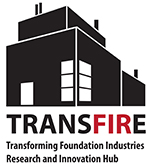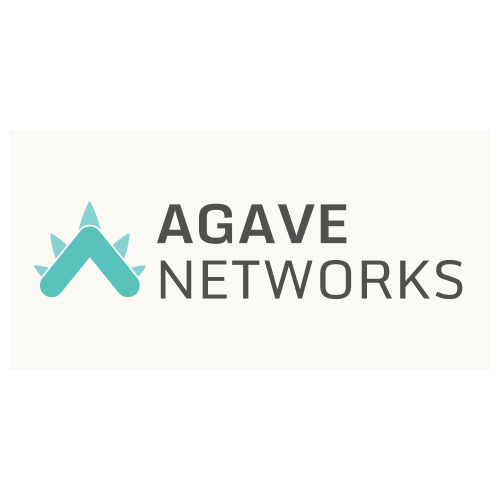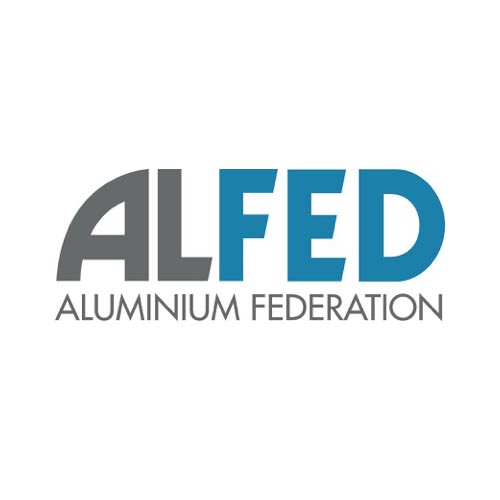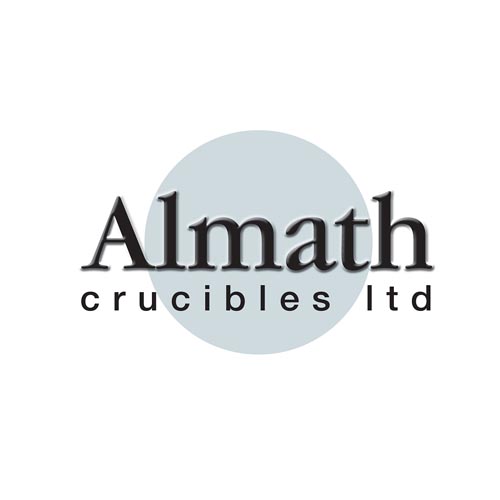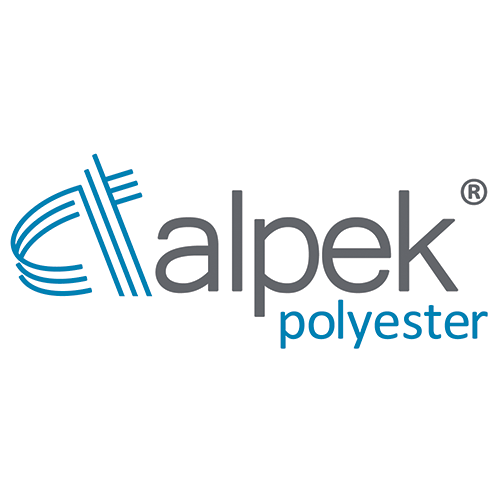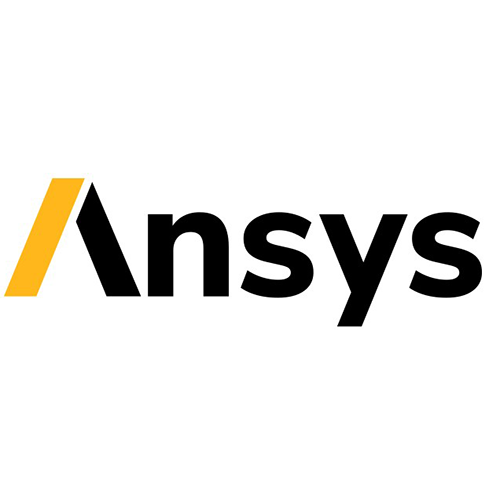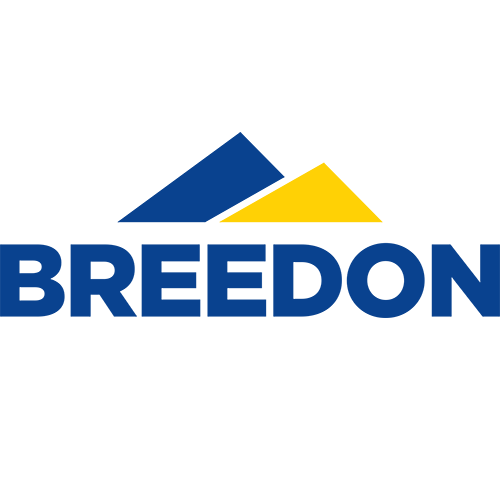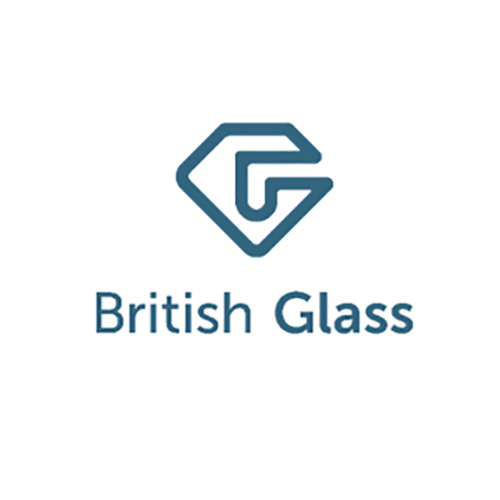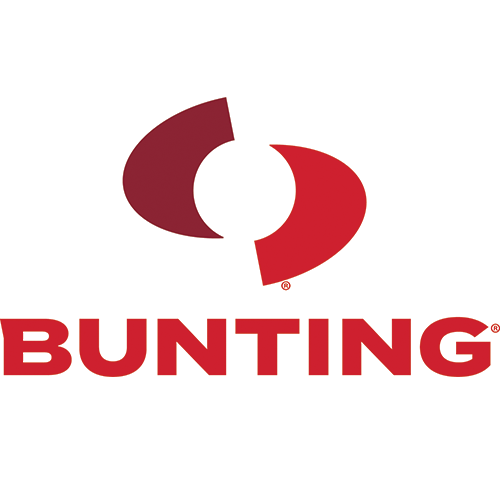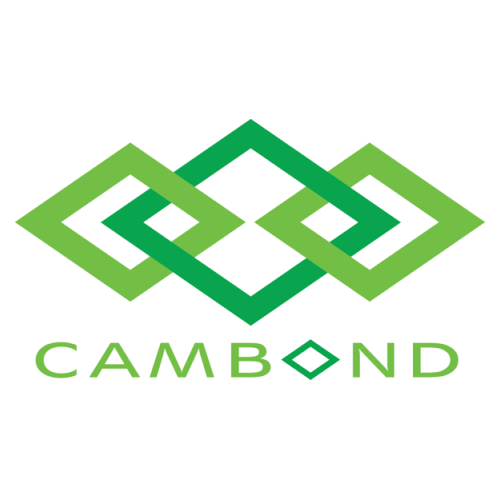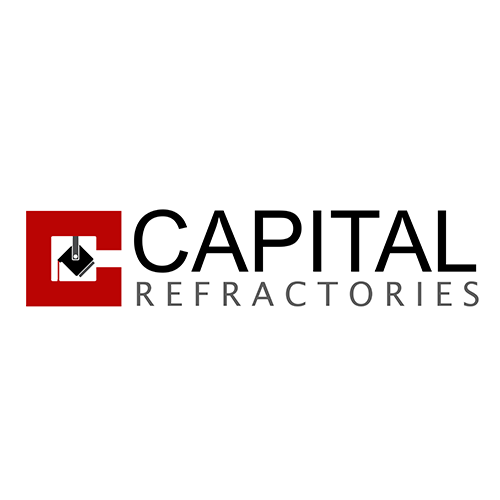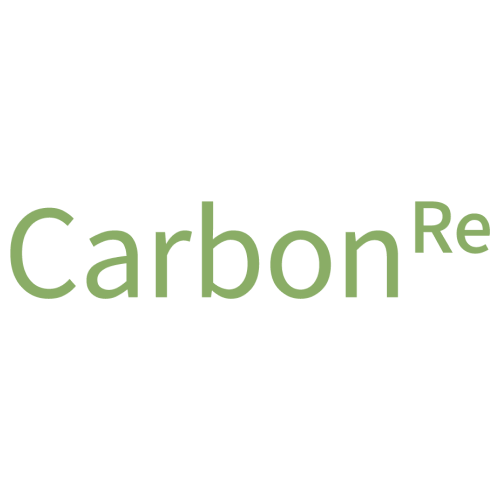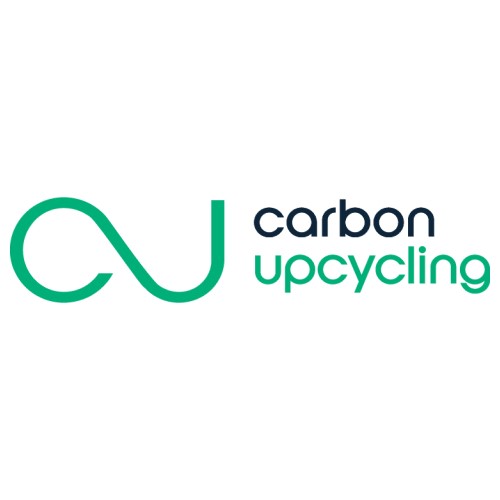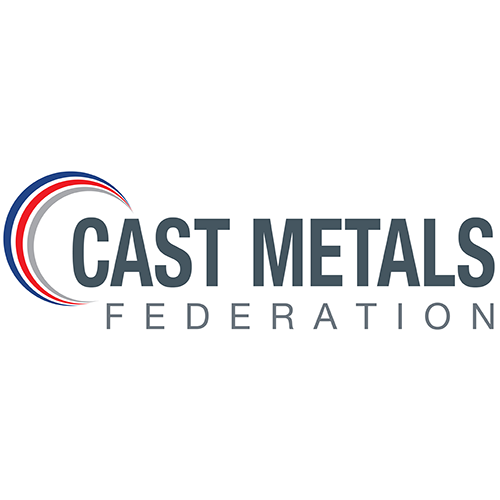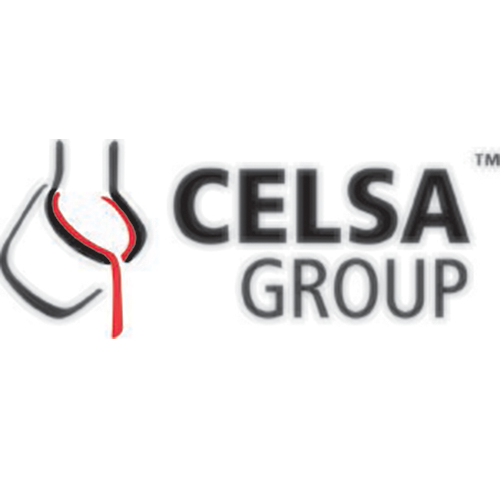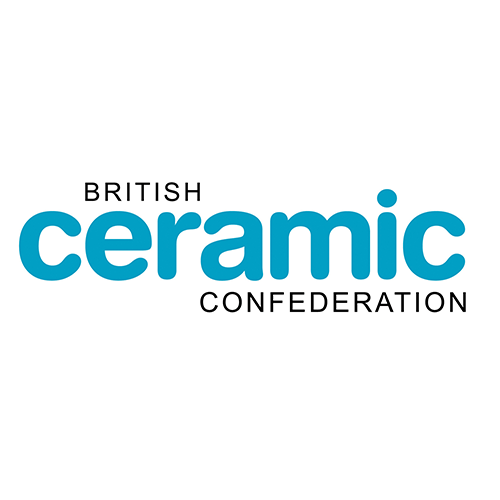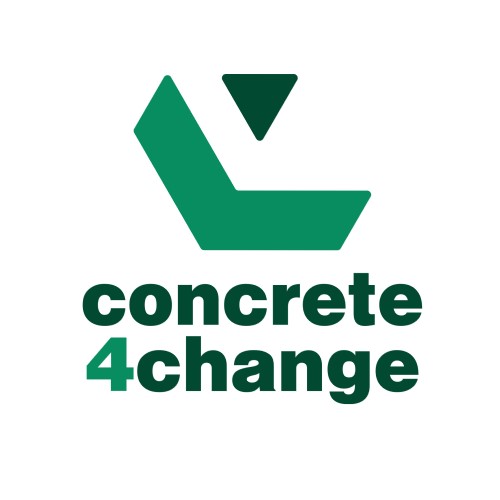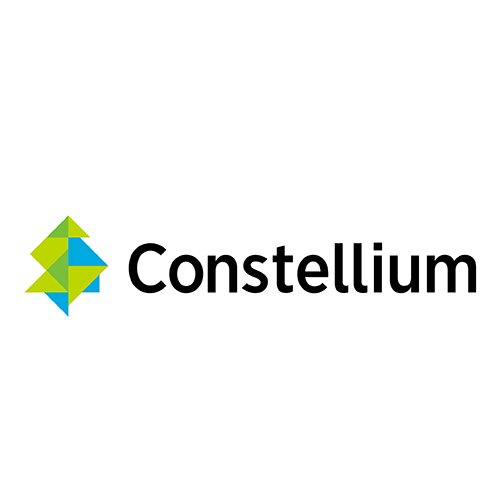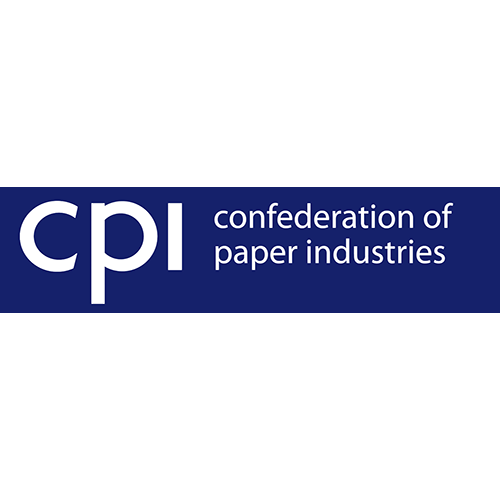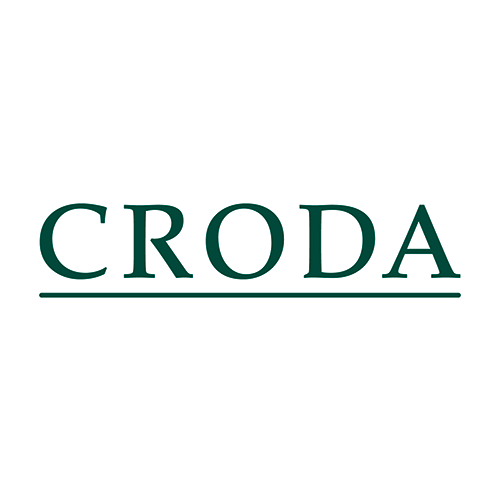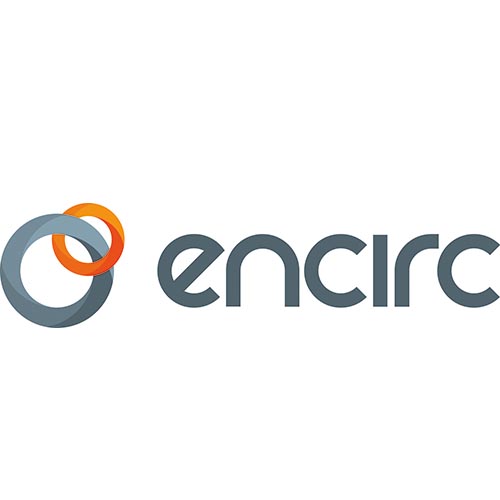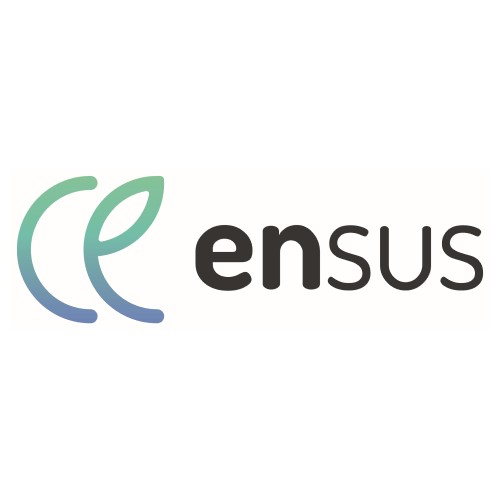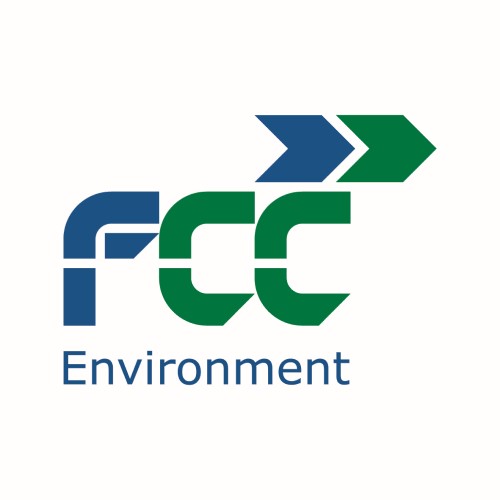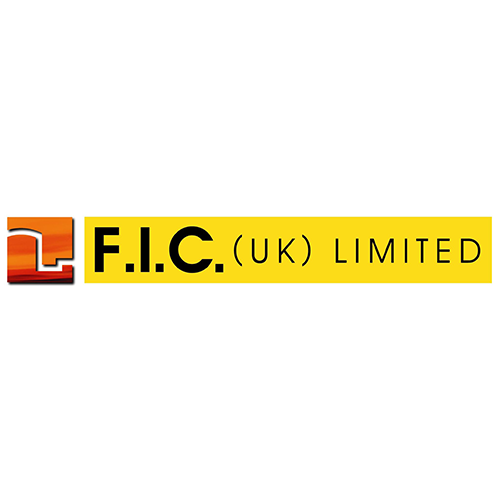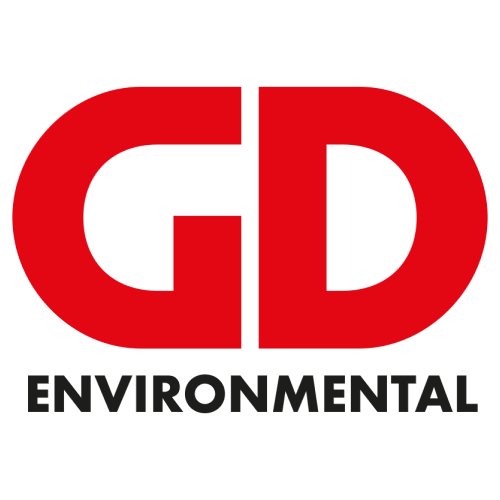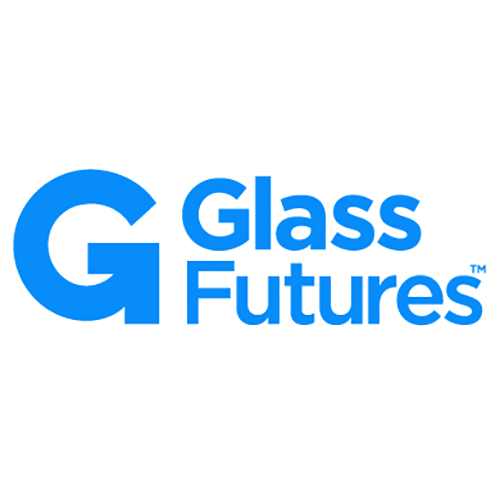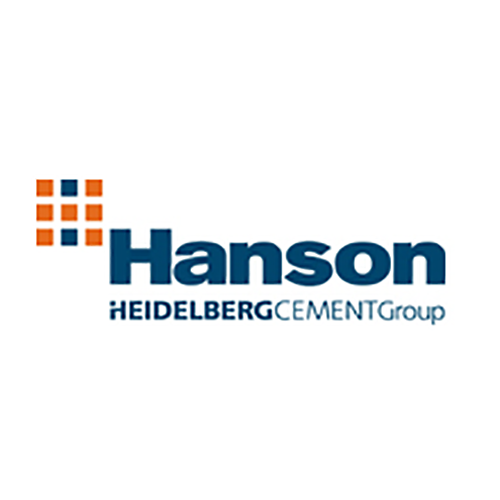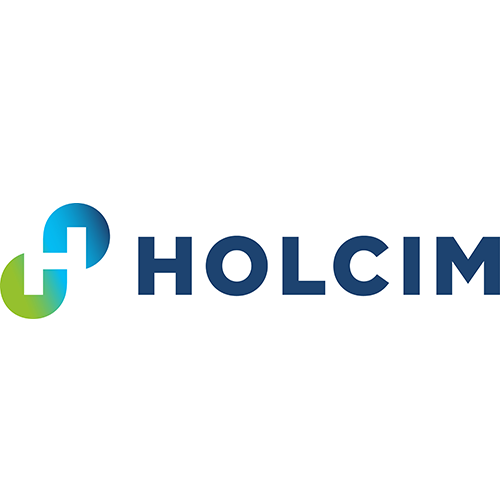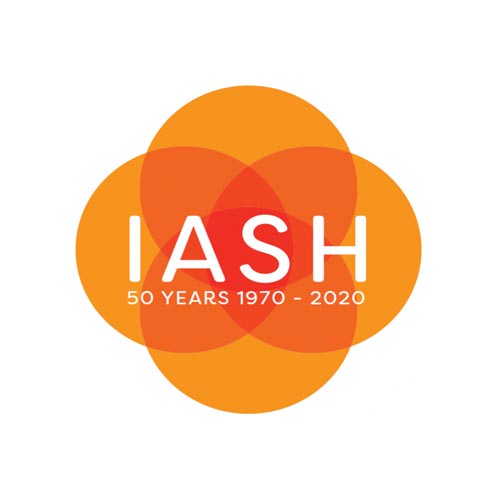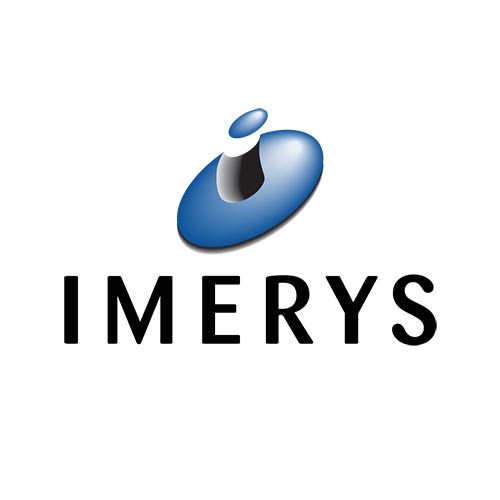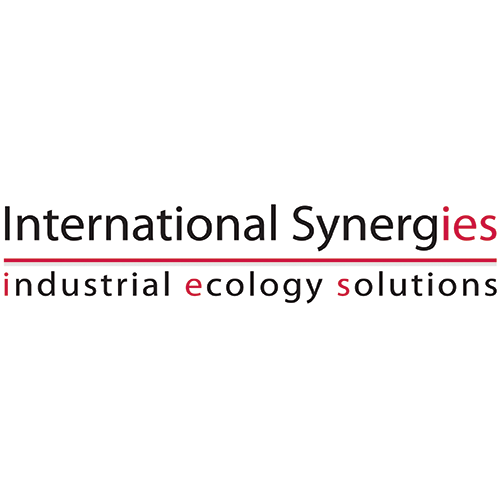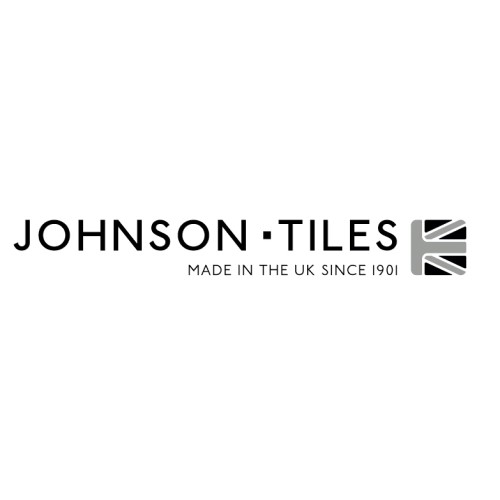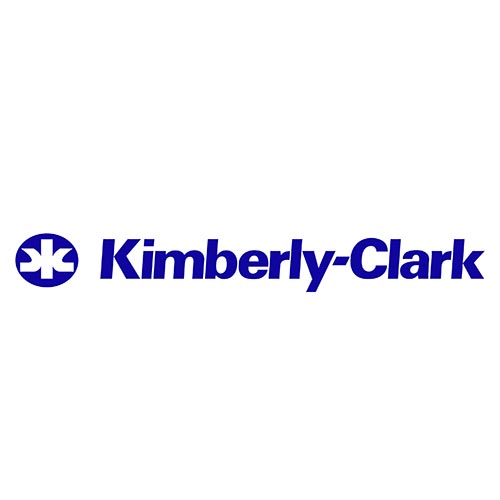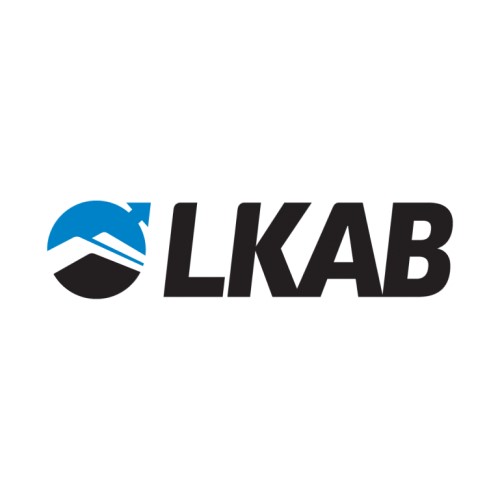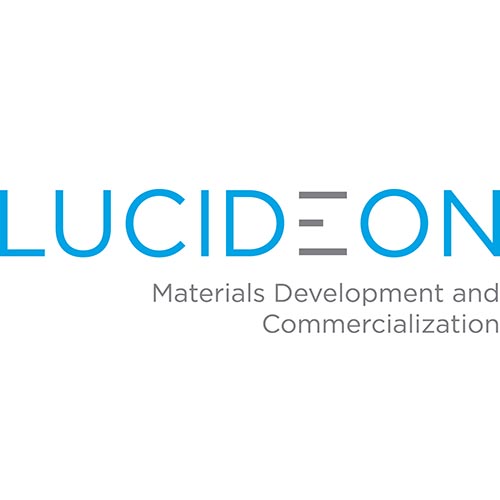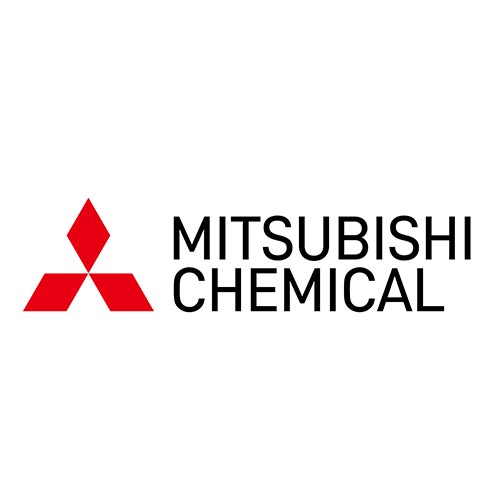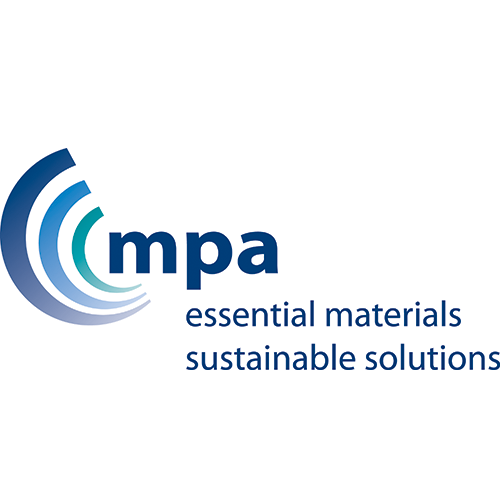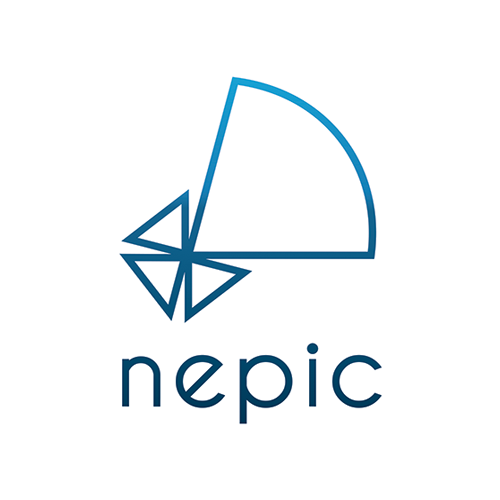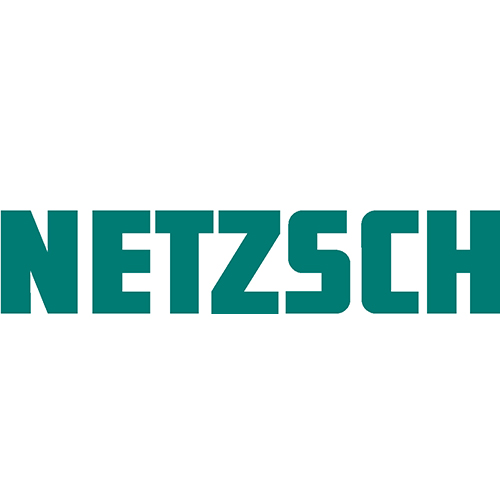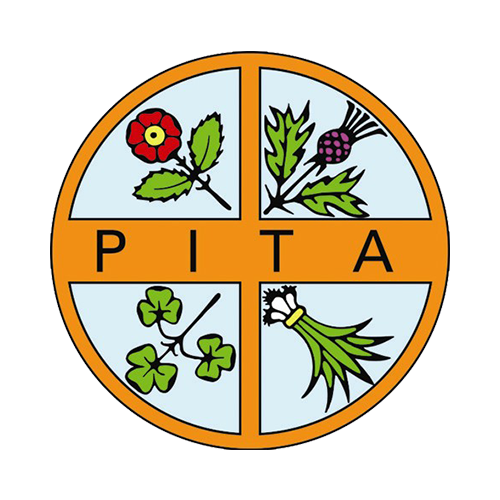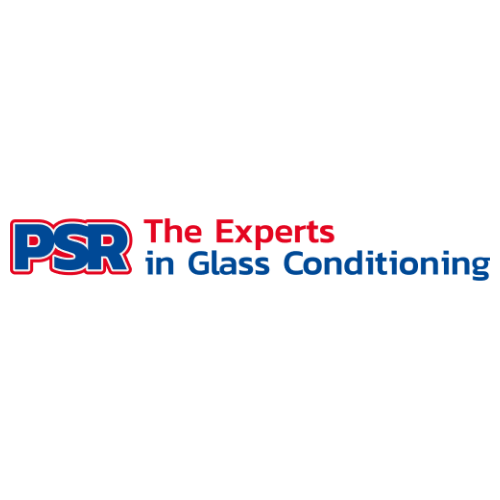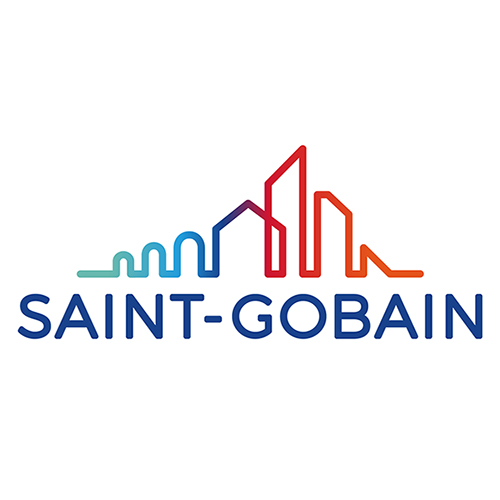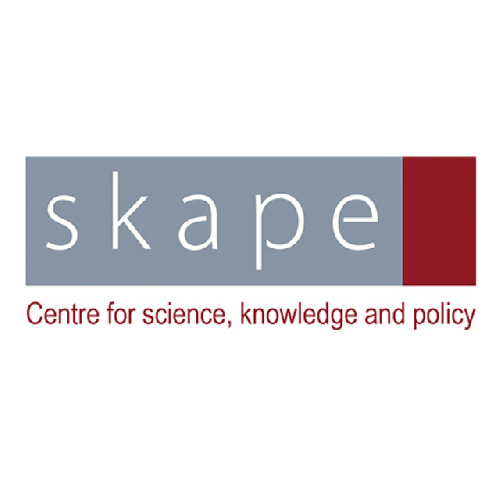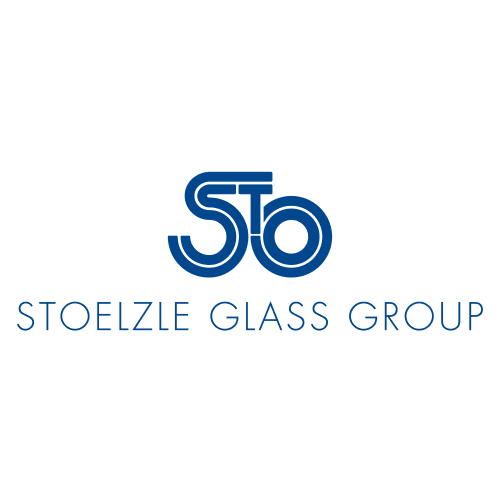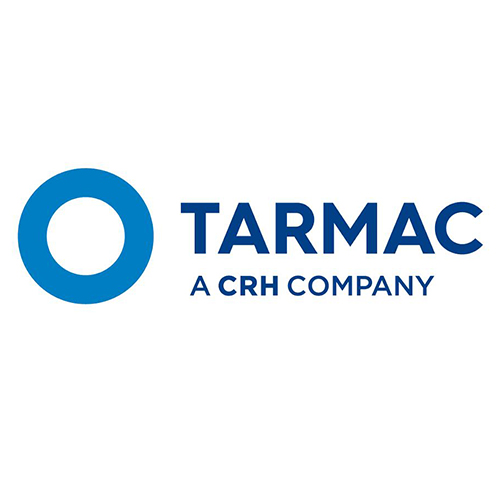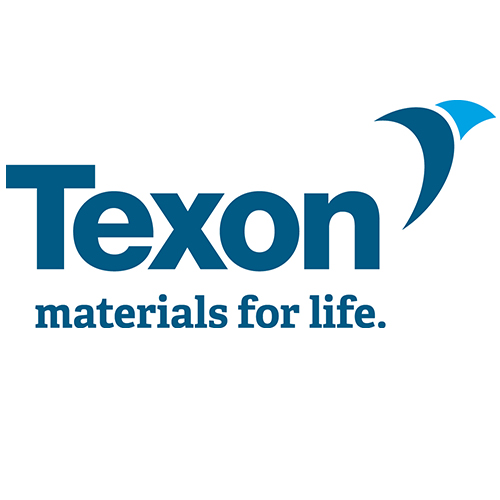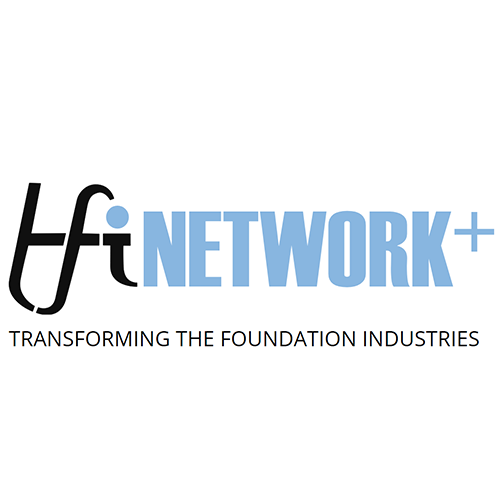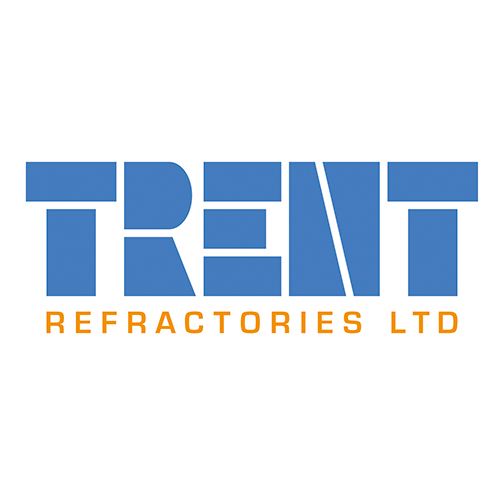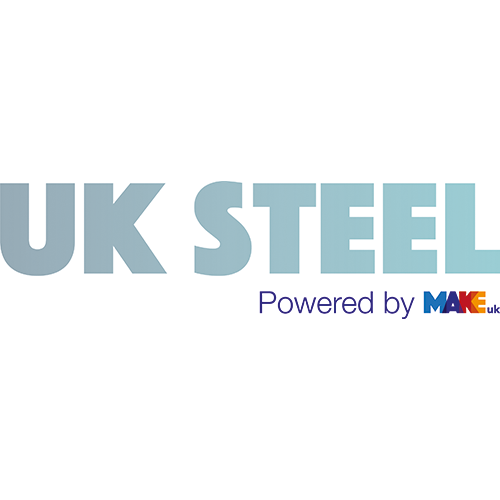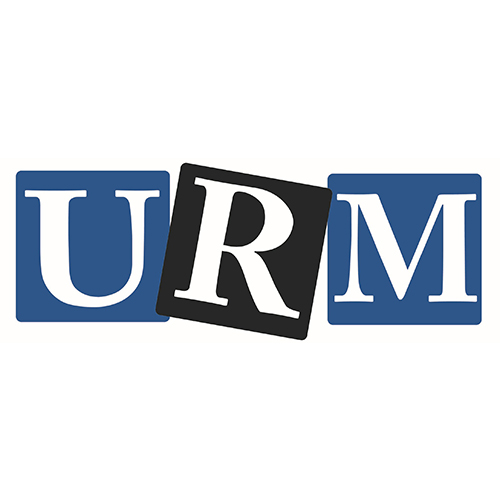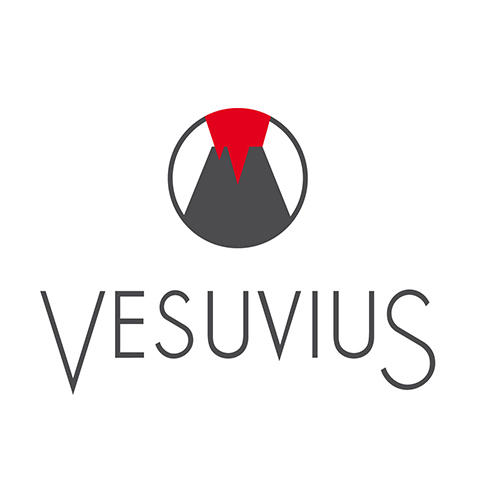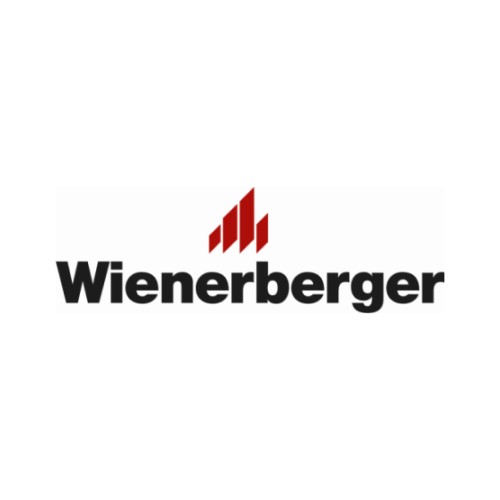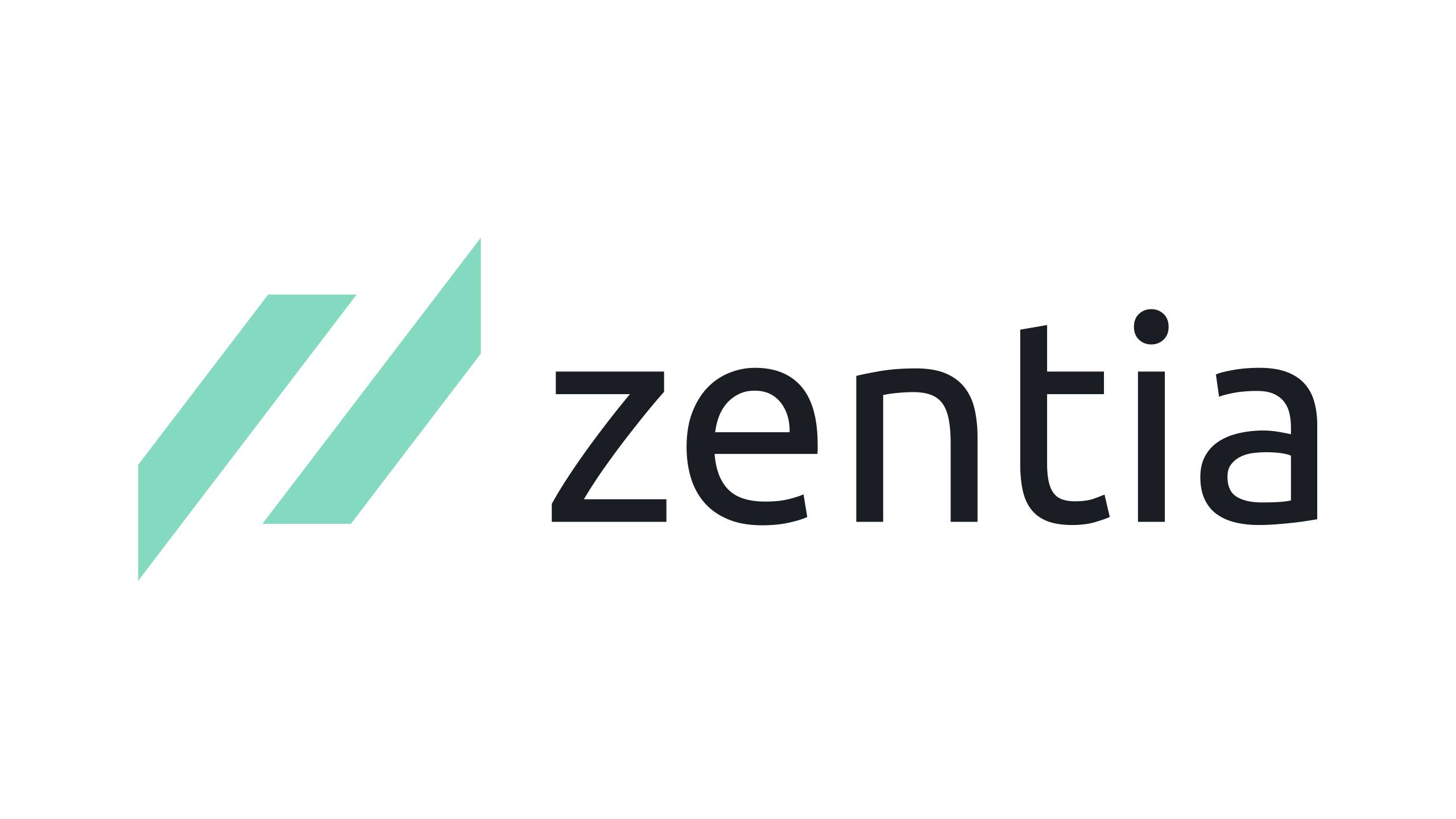Aim
The cast metals sector in the UK sends about 200,000 tonnes of spent foundry sands to landfill per annum. Much of the foundry sand in use is already reclaimed on site and then reused, but there is a proportion that is too far degraded in quality i.e. the granules became too small or the shape of the grains reduce their ability to bind to produce good moulds. These “fines” hold metal residues. A variety of foundry sands and types of binders are used across foundries. This results in fines with variable characteristics. The sector also produces considerable refractory wastes from multiple sources including furnaces, ladles and moulds. A three-pronged approach is needed to improve sustainability performance: optimise the re-use of the foundry sands by the foundries; extend the use of used refractories and foundry sands to other sectors, (eg construction); and recycle spent sand and/or fines at end of use to avoid disposal to landfill. This case study will start with the recycling challenge, with a plan to tackle the other more preventative challenges as a next stage. The reuse of fines could be increased with the establishment of regional hubs that combine wastes/by-products from a variety of foundries nearby. This case study aims to explore the viability of establishing such regional hub.
Objective:
This is a feasibility study for a regional hub to create industrial symbioses between foundries and new end-users across the foundation industries such as cement/concrete, ceramics and glass. The following aspects will be investigated:
1) Volumes of fines from foundries and how these could be monitored and predicted e.g. based on earlier sales from refractories into cast metals.
2) Test the quality of fines and the effect of quality on the performance of applications that have already been identified such as cement replacement (check) with fines and usage in asphalt, bricks and speciality glass; explore end markets and willingness to pay.
3) A comparative analysis of the economic, technical, environmental and social costs and benefits of proposed industrial symbioses.
4) Potential regulatory constraints and solutions. 5) Business case for a regional hub and future viability when volumes of waste could be reduced.
Anticipated deliverables:
Technical report. Map with waste/by-product arisings. Method/manual to monitor and forecast waste/by-product arisings. Resource specifications to help establish industrial symbioses. Business case for regional hub and most sustainable resource synergies that the hub can deliver. Regulatory advice for foundries and recommendations to adapt regulation.
